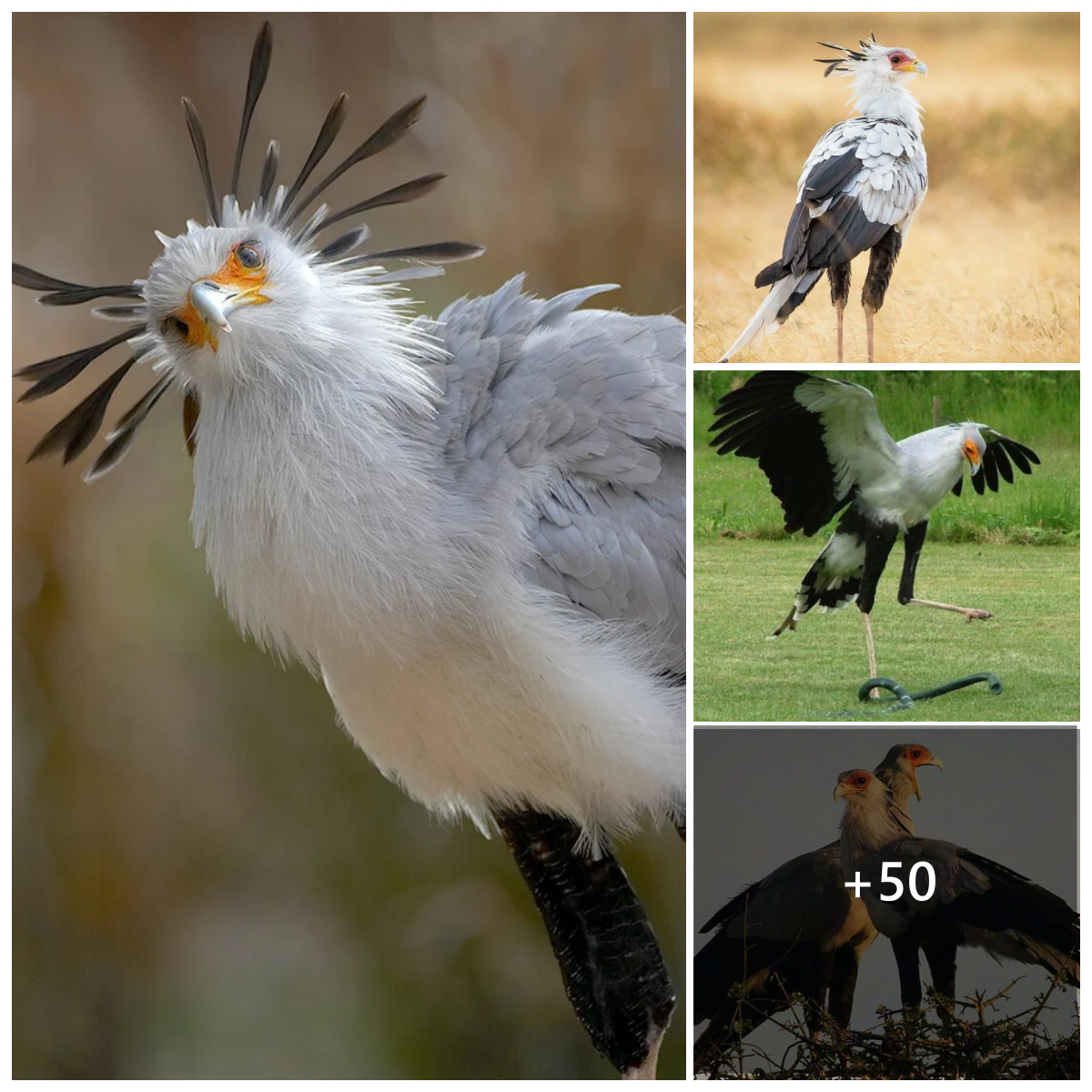It was the 1930s and a flute-playing farmer, living in Dorrigo – the northern-coastal area of New South Wales – had a special pet bird. That special pet was a lyrebird who was able to mimic certain phrases of the flute-player’s music.

Some of the songs which the flutist played were popular tunes of the day, like “The Keel Row” and “Mosquito’s Dance.”
After a few years, the farmer released his pet bird into the adjacent forest of New England National Park (which features a “lyrebird walk”). As the tale is told, he never saw the bird again.

Thirty years or so later, Neville Fenton – a park ranger in the New England National Park, near Dorrigo – recorded a singing lyrebird. Listening to the bird’s music, Fenton thought he was listening to a performing flutist.
Curious, Ranger Fenton sent his recording to someone who could analyze it. Norman Robinson, an ornithologist, filtered the tunes to separate the lyrebird’s song. As it happens, a lyrebird can carry two different tunes at the same time.

Once he isolated the tunes, Robinson was able to identify the lyrebird’s music. He was singing his own version of “The Keel Row” and “Mosquito’s Dance.”
In his 2005 book, Why Birds Sing, David Rothenberg (a musicologist) comments on this seemingly farfetched story:

This species [the superb lyrebird] possesses a shared and learned sense of song that is passed down from generation to generation … Lyrebirds in the … New England National Park were found to have flutelike elements in their song, a sound not heard in other populations of superb lyrebirds.
Further analysis of the song showed that the phrase contained elements of two popular tunes of the 1930s, “Mosquito Dance” and “The Keel Row.” As lyrebirds can sing two melodies simultaneously, through several generations this population had created its own distinctive territorial song blending the two melodies into a single compressed phrase, refining it from generation to generation.
It is now seventy years since a lyrebird learned these fragments, and today the flute song has been heard a hundred kilometers from the original source. A human tune is spreading through the lyrebird world, as they’ve decided through generations to prefer just two shards of our particular music. (Why Birds Sing: A Journey Into the Mystery of Bird Song, by David Rothenberg, at pages 55-56.)
So … the superb lyrebird (whose scientific name is Menura novaehollandiae) can incorporate flute sounds into its repertoire … an amazing feat. But there’s more to this story.
Can you imagine hearing a bird which makes the sound of a chainsaw … or a clicking camera … or a train? How about mimicking the song of another bird, in such a perfectly rendered way that even a potential mate of the mimicked species is fooled by it?

If you doubt that such a bird exists, “meet” the Superb Lyrebird in this clip from the BBC’s “Planet Earth.” You have to see it to believe that all the lyrebird’s sounds are actually coming from the bird itself.
And … in addition to everything else about this amazing bird … males have a spectacular tail, resembling a Greek lyre when fully extended, which they show-off during their courtship displays.

It’s hard to think of any other creature whose superb features are so superbly included in its very name!











